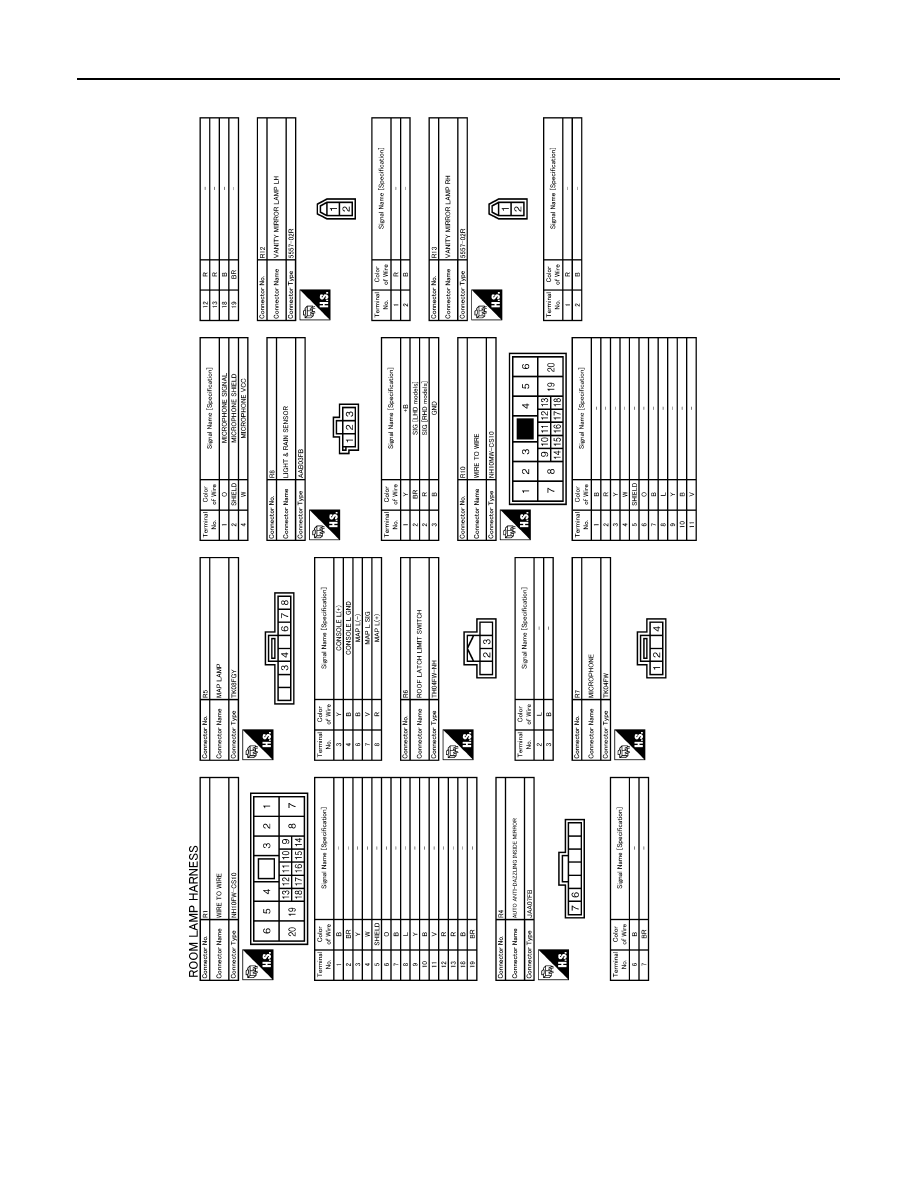Nissan March K13. Manual - part 535

PG-128
< WIRING DIAGRAM >
CONNECTOR INFORMATION
R Room Lamp Harness
INFOID:0000000006044202
JCMWM6754GB
|
|
|

PG-128 < WIRING DIAGRAM > CONNECTOR INFORMATION R Room Lamp Harness INFOID:0000000006044202 JCMWM6754GB |